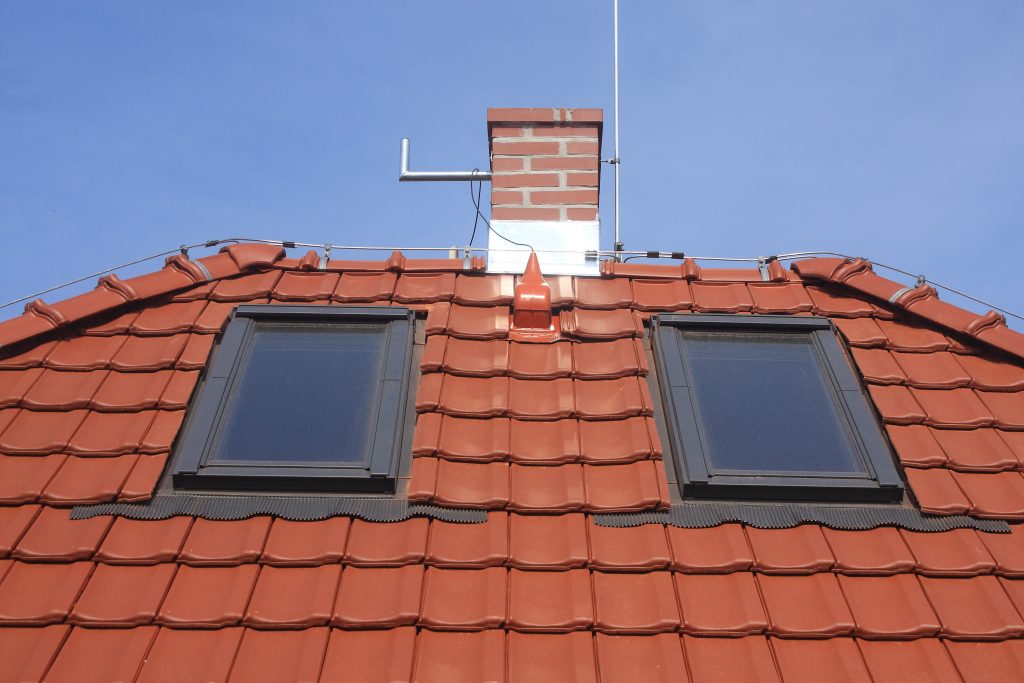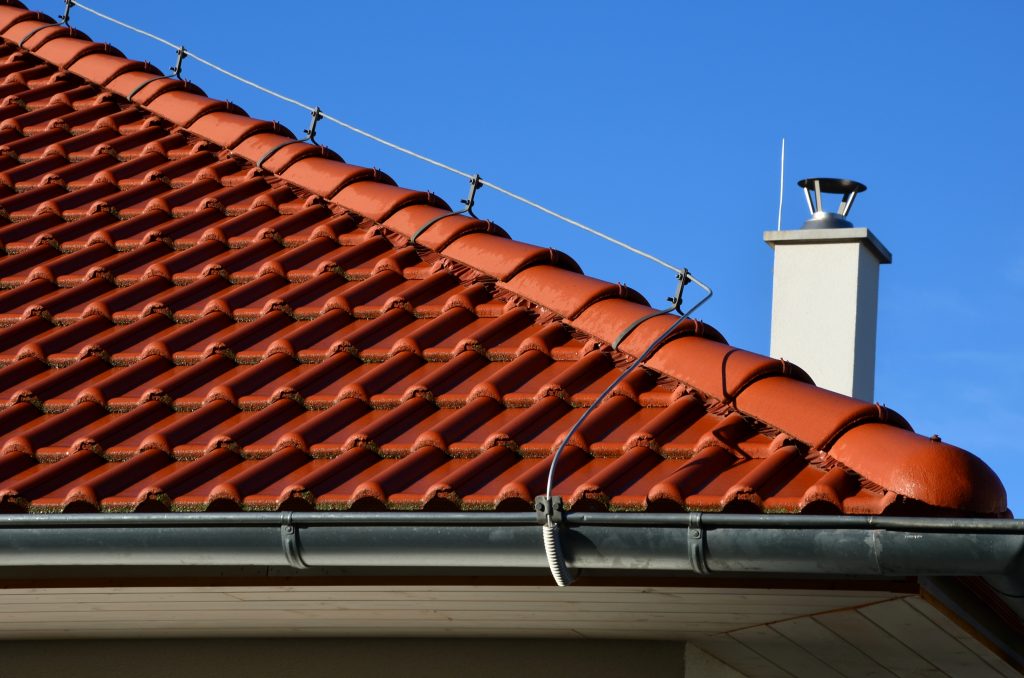Among nature’s most frequent and common sights is lightning. Every day, more than 3,000,000 flashes occur worldwide. This equates to almost 44 strikes per second. Sadly, lightning is said to be five times hotter than the sun and can be very destructive. In the US alone, 11 fatalities and 69 injuries were caused by lightning in 2021.
Lightning typically strikes the highest grounded object nearby, which sometimes is a tree, and in other circumstances, a chimney. Lightning typically strikes a tree close below the bark, which has a coating of sap as well as water. The bark of the tree is blasted off as a result of this layer’s sudden heating and expansion, and the wood may split as a result.
When direct lightning strikes a chimney, it can result in significant harm, such as the crumbling of the mortar and brick or even the warping or breaking of metal parts like the liner of the chimney. The heat produced by lightning can be enough to spark off the creosote and start a fire in the chimney. When the fire spreads and is not curtailed immediately, it can lead to the loss of properties and even lives.
The damage caused by lightning can be prevented or reduced if home and property owners and managers choose to follow the various lightning preventive measures, which include lightning protection for your chimney.
Is Chimney Lightning Protection Necessary?
Yes, chimney protection is necessary because they are one of the highest structures present and are the most prone to lightning strikes. Industrial chimneys, towers, and other high-standing structures are frequently subject to lightning strikes. These buildings sustain damage mostly from the elements each year, and very few weather occurrences are as damaging as lightning. An electro-reactive instrument or piece of equipment in the vicinity may also be damaged by a lightning strike, in addition to the damage caused to the immediate environment of the structure.
Chimney lightning protection is necessary in order to avoid the following:
- Death or significant harm to any occupant of a building affected by lightning.
- Fire outbreak and spread
- Loss or severe damage to equipment, devices, or data
- Architectural or structural problems
- Loss of phone connection
- Missing alarm system
- Plumbing system damage
When it comes to ensuring that your people, assets, and buildings are safe in the event of a lightning storm, it is essential that you invest in hiring lightning engineers who can install lightning protection systems that will ensure the safety of your workers and other occupants of your buildings.
How to Stop Lightning From Striking Your Chimney?
The installation of appropriate and high-quality lightning protection devices and systems is the proven way to protect your chimney from lightning.
Jennifer Morgan, the principal of East Coast Lightning Equipment, posited that a correctly fitted lightning protection system performs the simple yet vital function of establishing connections of low-resistance channels that allow lightning current to follow. This is a better alternative to lightning currents flowing through other areas of the structure.

Lightning rods, and also the protection devices or systems that go with them, are made to shield a property or structure from direct strikes from lightning as well as fires that are caused by lightning. Understand that lightning protective devices only catch lightning strikes, provide the destructive electrical discharge a conductive channel to travel (using the proper Underwriters Laboratories-listed copper and metal cable), and then safely diffuse the energy into the earth (grounding network). To reduce the likelihood of any sparks or side flashes, it is very important that these lightning-protective components are correctly connected.
Although lightning rods can shield a building against direct lightning strikes, a full protection system is necessary to guard against dangerous electrical surges as well as probable fires brought on by lightning that enters a building through cables and pipes. Electrical surge suppressors and surge protection equipment for sensitive appliances are also included in a full system designed for communication purposes, data collection, and receiving of incoming power.

Every system for lightning protection should adhere to all applicable federal safety regulations, including those set forth by the Underwriters Laboratories (UL), the National Fire Protection Association (NFPA), and the Lightning Protection Institute(LPI).
How to Fix It?
First of all, you need to invest in getting a top-notch quality lightning protection device, one made of the best materials. You can find more information about this online or consult a professional for recommendations on the one most suitable for your chimney protection needs.
As the internet has made purchasing various equipment easy, you will definitely come across a number of stores that offer to sell you practically everything required to install a lightning protection system on your chimney or building.
It is important to note that the installation of these devices is not your typical DIY project. Although you can get the equipment online, the vendors cannot sell you the confidence obtained from the knowledge it is done correctly.
Are you sure you want to install your brand-new lightning rod design on a bolt with several hundred million volts and a temperature of up to 54,000 degrees Fahrenheit? It is recommended that you contact a professional or an experienced chimney engineer to conduct a risk assessment and determine which type of lightning protection solution is suitable for your structure for your chimney or building. You can also invite an experienced lightning chimney installer to install the protective device on your chimney or building.






